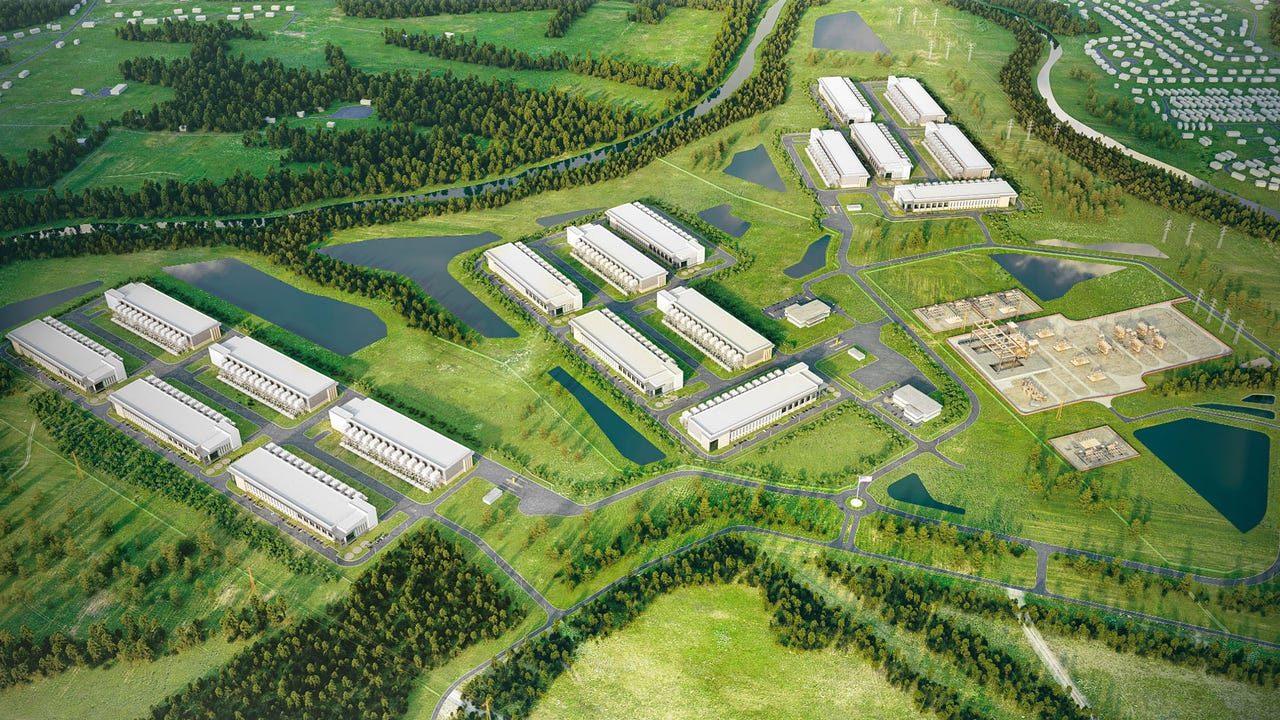Navigating the AI Profit Paradox: Investments vs. Returns
AI investments soar in 2025, yet profitability remains elusive. Explore the paradox of booming infrastructure and bleak margins shaping the tech landscape.

Navigating the AI Profit Paradox: Investments vs. Returns
The artificial intelligence (AI) industry is experiencing a paradoxical moment in 2025: while venture capital pours in at record valuations and new AI data centers break ground around the world, the fundamental economics of the sector remain deeply uncertain. Major players—from Elon Musk’s xAI to established tech consultancies like Tata Consultancy Services—are expanding infrastructure and talent at a rapid clip, yet profitability remains elusive for most AI-centric businesses, with some analysts warning of a looming “profit fantasy” that could reshape the tech landscape in the years ahead.
The Economics of AI: Huge Investments, Meager Returns
The AI boom is undeniably real. In September 2025, xAI raised $10 billion at a $200 billion valuation, making it one of the most valuable private AI companies globally. This investment, led by Middle Eastern sovereign wealth funds, is earmarked for building artificial general intelligence (AGI) and expanding AI infrastructure. Meanwhile, Tata Consultancy Services has opened a new AI-driven operations center in Mexico City, and North Dakota is set to host a $3 billion AI data center—signaling both global and regional commitments to AI as a growth engine.
But behind the headlines, the financial reality is sobering. Industry analysts estimate that the AI data centers to be built in 2025 will suffer $40 billion in annual depreciation, while generating only $15–20 billion in revenue—meaning depreciation alone is double the sector’s total income. Gross margins are deeply negative, with some estimates placing them at -1900%, reflecting a business model that prioritizes adoption and market capture over near-term profitability. In other words, AI companies are “giving away the technology and occasionally getting a nickel back for every dollar they give away.”
Why are margins so grim? The AI sector is in a classic land-grab phase, with companies racing to build scale, attract users, and lock in ecosystems. This dynamic is not new in tech—think of the dot-com boom or the early days of cloud computing—but the scale of investment and the speed of technological change are unprecedented. Venture capital continues to flow in anticipation of future returns, but it remains unclear when, or even if, the industry will achieve sustainable profitability.
The Rise of AI Infrastructure and Use Cases
Despite the financial headwinds, the expansion of AI infrastructure continues at a breakneck pace. The new $3 billion data center in Harwood, North Dakota, is just one example of how regions are positioning themselves as AI hubs, anticipating job creation and economic growth. Meanwhile, established players like IBM are leveraging AI to deliver new consumer and enterprise products, such as AI-powered fantasy football insights for ESPN, which help users make data-driven roster decisions.
AI’s reach is broadening beyond tech giants. Industries from healthcare to finance to entertainment are integrating AI tools to enhance decision-making, automate processes, and personalize experiences. The technology is no longer a novelty; it is becoming a foundational layer of the digital economy. But as adoption grows, so do the costs—both in terms of capital expenditure and ongoing operations.
The Profitability Puzzle: When Will the Numbers Flip?
The central question facing the AI industry is when, and under what conditions, profitability will materialize. Analysts suggest that for the sector to deliver acceptable returns on invested capital, annual revenues would need to reach $480 billion—a figure that dwarfs current projections. Optimists argue that as use cases expand and companies begin charging for premium services, margins will gradually improve, potentially reaching 25% in the long run. But this is far from guaranteed, and the path to profitability is fraught with uncertainty.
Key challenges include:
- High infrastructure costs: Building and maintaining AI data centers requires massive upfront investment, with depreciation and energy costs eroding margins.
- Intense competition: The race to dominate AI markets has led to price wars and heavy subsidization of services, further depressing profitability.
- Regulatory and ethical risks: As AI becomes more pervasive, scrutiny over data privacy, bias, and societal impact could impose additional costs and constraints.
Context and Implications: Beyond the Hype
The AI sector’s current trajectory raises important questions for investors, policymakers, and the broader public. While the technology’s transformative potential is undeniable, the disconnect between soaring valuations and weak financials suggests that a reckoning may be inevitable. Some industry watchers draw parallels to previous tech bubbles, where exuberant investment eventually gave way to a more sober assessment of business fundamentals.
For investors, the lesson is clear: while AI offers enormous growth opportunities, due diligence is essential. Not all companies will survive the transition from growth-at-all-costs to sustainable profitability. For policymakers, the rapid expansion of AI infrastructure presents both economic opportunities and challenges, from job creation to energy consumption and national security.
For society at large, the AI profit fantasy underscores the need for realistic expectations. The technology is reshaping markets, industries, and daily life, but its economic model remains unproven at scale. As the industry matures, the companies that can balance innovation with disciplined financial management are most likely to thrive.
Conclusion
The AI industry in 2025 stands at a crossroads. Record-breaking investments and rapid infrastructure expansion coexist with deeply negative margins and uncertain paths to profitability. While the technology’s potential is vast, the “AI profit fantasy” serves as a cautionary tale: hype and reality are not yet aligned. As the sector evolves, the companies and regions that can navigate this complex landscape—balancing growth, innovation, and financial sustainability—will ultimately define the future of artificial intelligence.



